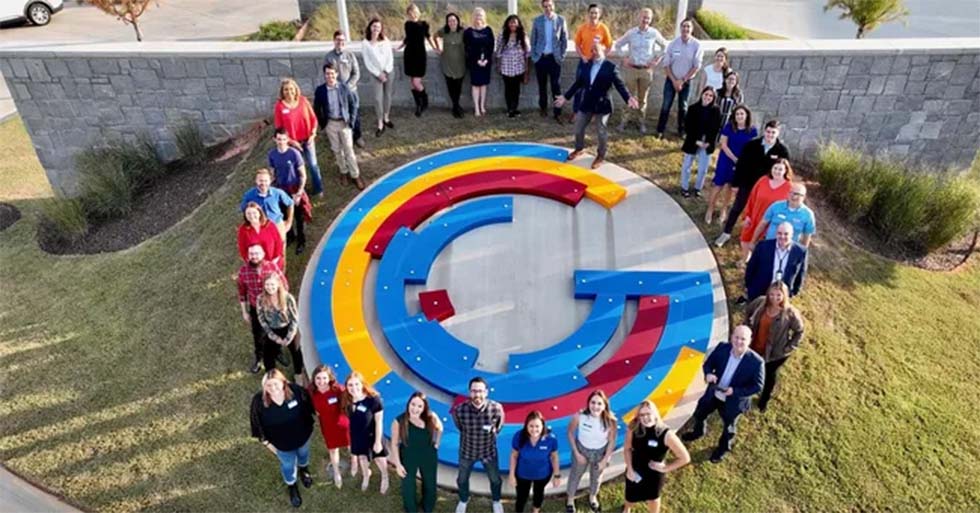A study published on the MIT PIERS Web site showed prolonged (three hours) of exposure to 884 MHz GSM wireless communications signals adversely affected “components of sleep, believed to be important for recovery from daily wear and tear.”
It also found that participants that “otherwise have no self-reported symptoms related to mobile phone use appear to have more headaches during actual radio frequency exposure as compared to sham exposure.”
Testing exposed the left hemisphere of the head to 884 MHz at an average level of 1.4 Watts per kilogram, which the study said was consistent with “worst case exposure occurring in real-life situations, but with extended duration.” Each exposure session lasted three hours. Exposure sessions were randomly selected for real and sham RF exposure. In addition to a series of performance and memory tests during the sessions, EEG (electroencephalogram) recordings were made as subjects slept in a sleep laboratory. The following morning additional tests were performed before they left the lab.
A total of 71 subjects were studied, ranging in age from 18 to 45. Subjects reported using their cell phones from five minutes to more than three hours daily. They were divided into two groups: one with subjects reporting symptoms they specifically related to cell phone use and the other with individuals reporting no cell phone-related systems. One interesting finding from the study was that neither group could differentiate real RF exposure conditions from sham exposures more often than predicted by chance alone.
The study, The Effects of 884 MHz GSM Wireless Communications Signals on Self-reported System and Sleep (EEG)—An Experimental Provocation Study by Bengt B. Arnetz, Torbjorn Akerstedt, Lena Hillert, Arne Lowden, Niels Kuster, and Clairy Wiholm is available through PIERS Online.
The professional video industry's #1 source for news, trends and product and tech information. Sign up below.

Doug Lung is one of America's foremost authorities on broadcast RF technology. As vice president of Broadcast Technology for NBCUniversal Local, H. Douglas Lung leads NBC and Telemundo-owned stations’ RF and transmission affairs, including microwave, radars, satellite uplinks, and FCC technical filings. Beginning his career in 1976 at KSCI in Los Angeles, Lung has nearly 50 years of experience in broadcast television engineering. Beginning in 1985, he led the engineering department for what was to become the Telemundo network and station group, assisting in the design, construction and installation of the company’s broadcast and cable facilities. Other projects include work on the launch of Hawaii’s first UHF TV station, the rollout and testing of the ATSC mobile-handheld standard, and software development related to the incentive auction TV spectrum repack. A longtime columnist for TV Technology, Doug is also a regular contributor to IEEE Broadcast Technology. He is the recipient of the 2023 NAB Television Engineering Award. He also received a Tech Leadership Award from TV Tech publisher Future plc in 2021 and is a member of the IEEE Broadcast Technology Society and the Society of Broadcast Engineers.
